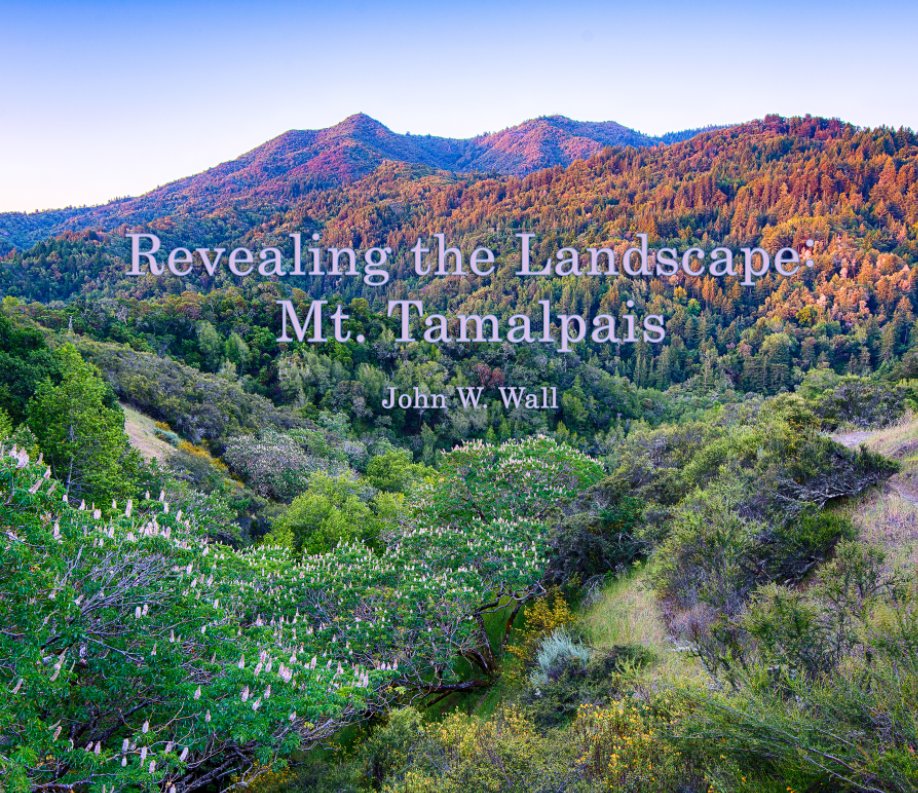 |
| Disappointed Red-Tailed Hawk |
I was on the look-out for Marlon Bando as I rode toward the Cliff House, but the only light-pole hawk around was the more mature, unbanded one shown above. The hawk pounced from its perch above the Balboa Natural Area but missed its mark. My plan all along had been to try for a take-off photo, but I let myself get sidetracked by the still-present Say's phoebe, and the hawk took off before I could get back to it.
As I was out and about today I was ruminating about a biography of Enrico Fermi that I recently plucked off my bookshelf to read again. I kept coming back to an experiment that Fermi did, and for which he won a Nobel Prize, that turned out weird in two ways. First, one of the very few women physicists back then, Lise Meitner, correctly interpreted the result of that experiment, which showed atomic fission for the first time. Fermi himself did not see it and kicked himself for the near miss. But the second thing is that Fermi won the Nobel for a result that did not actually happen -- that was in fact misinterpreted.
The interesting thing about all this, beyond the classic "d'oh!" moment, is that nobody knew back then that you could even split an atom. They were still working out what an atom even was. And after fission was accomplished, most physicists did not think it would be possible to get a chain reaction going. Fermi suggested that getting critical mass might require an amount of uranium the size of a small star!
Anyway, I love reading about how we came to know what we know. We all take knowledge for granted that we didn't have a hundred years ago. And yet, even with all our civilizational knowledge, many individuals within that civilization continue to hold beliefs steeped in superstition, fantasy, and ignorance, even while enjoying all the benefits (and hazards) of hard-won scientific advancements. God is no doubt looking down at His people from His cloudscaped abode and having a "d'oh!" moment of His own.
 |
| Something about this morning's clear winter light coaxed me to fetch my camera out of the knapsack for this shot looking out over the Sunset District toward the zoo. |
 |
| I was waiting for the Say's phoebe to turn its head so I could get a catchlight in its eye, when it suddenly took flight and I snapped this so-so lucky catch. |
 |
| The boss hawk of the Great Highway late this morning was this mature, unbanded red-tail. |
 |
| The rake artist was back today with a much larger canvas than the last time I saw him. The foreground picture is a fish about to bite a hook, while a fisherman has a line in the water nearby. |
 |
| I had nowhere to be, so I stopped to watch the red-tail in its new spot on a light pole along the Esplanade. It eventually flew off in the other direction, swooping low as if to pounce, but aborting the take-down and rising up instead to land on a new pole. It's flight trajectory between poles cut a smooth, shallow sine wave. |
 |
| This was the first time I've seen a snowy egret at Metson Lake. |
 |
| A northern shoveler drake appears to glance upward for possible danger at Blue Heron Lake before getting back to feeding by swirling in circles with a hen. |
 |
| Cluster-shovelin' |
* * *

























































